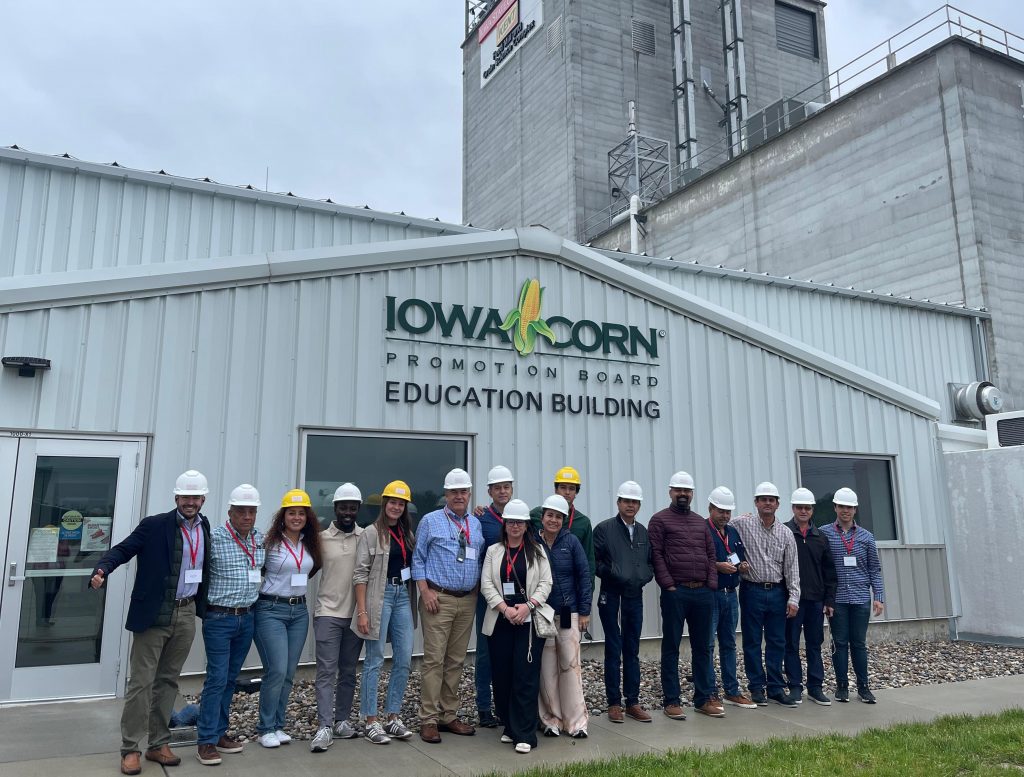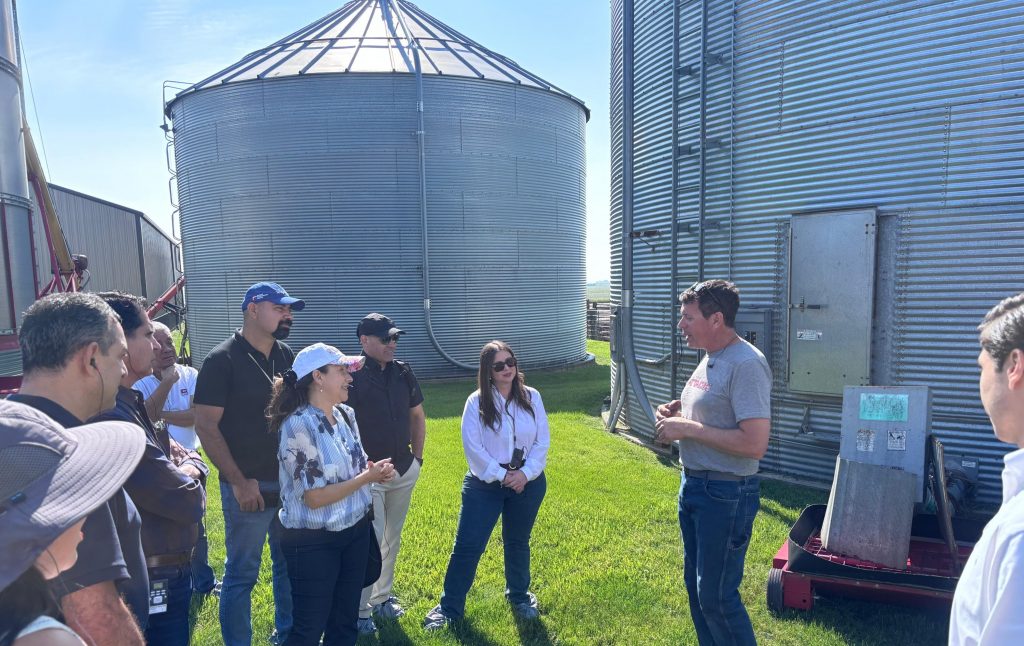To help provide Latin American pork producers access to the world’s largest pork industry -specific trade show, the U.S. Grains Council recently hosted a delegation of 17 representatives from Mexico, Ecuador and Guatemala at the World Pork Expo in Des Moines, IA, on June 4-5.
The event allowed attendees to immerse themselves in education, innovation and networking around the U.S.’s pork value chain before the delegation participated in a university training on the use of DDGS in swine diets and production and a visit to the POET ethanol plant, a Council member.
“The Council is looking to strengthen its relationship with invited pork producer associations and continue supporting Latin America’s pork sector development in the represented countries,” said Estefanía Perez, USGC deputy director in Mexico
Pork consumption in Latin America has been growing consistently in the last 10 years, reaching a per capita consumption of 14.5 kilograms (approximately 32 pounds) in 2023. However, experts project a growth of more than 25% in coming years, reaching a per capita consumption of 18 kilograms (approximately 39.5 pounds) in 2030.
“Pork consumption in the region continues to have a very positive outlook due to a good positioning of the product, a solid increase in supply, substitution for beef and successful promotion campaigns,” said Perez. “Specifically for Mexico, the Council seeks to continue to promote the use of DDGS by helping with training on the benefits that this co-product provides and seeks to expand the message to other pig-producing states that have not yet used the product.”
While challenges still exist in the region – including various pork-related afflictions, inflation in Latin America that drove up meat costs and political concerns that can affect production in the region – the swine sector there continues to grow at higher rates than broiler production, and is gaining relevance in terms of feed grains and co-products consumption.
Learn more about the Council’s work in Latin America here.
About The U.S. Grains Council
The U.S. Grains Council develops export markets for U.S. barley, corn, sorghum and related products including distiller’s dried grains with solubles (DDGS) and ethanol. With full-time presence in 28 locations, the Council operates programs in more than 50 countries and the European Union. The Council believes exports are vital to global economic development and to U.S. agriculture’s profitability. Detailed information about the Council and its programs is online at www.grains.org.


